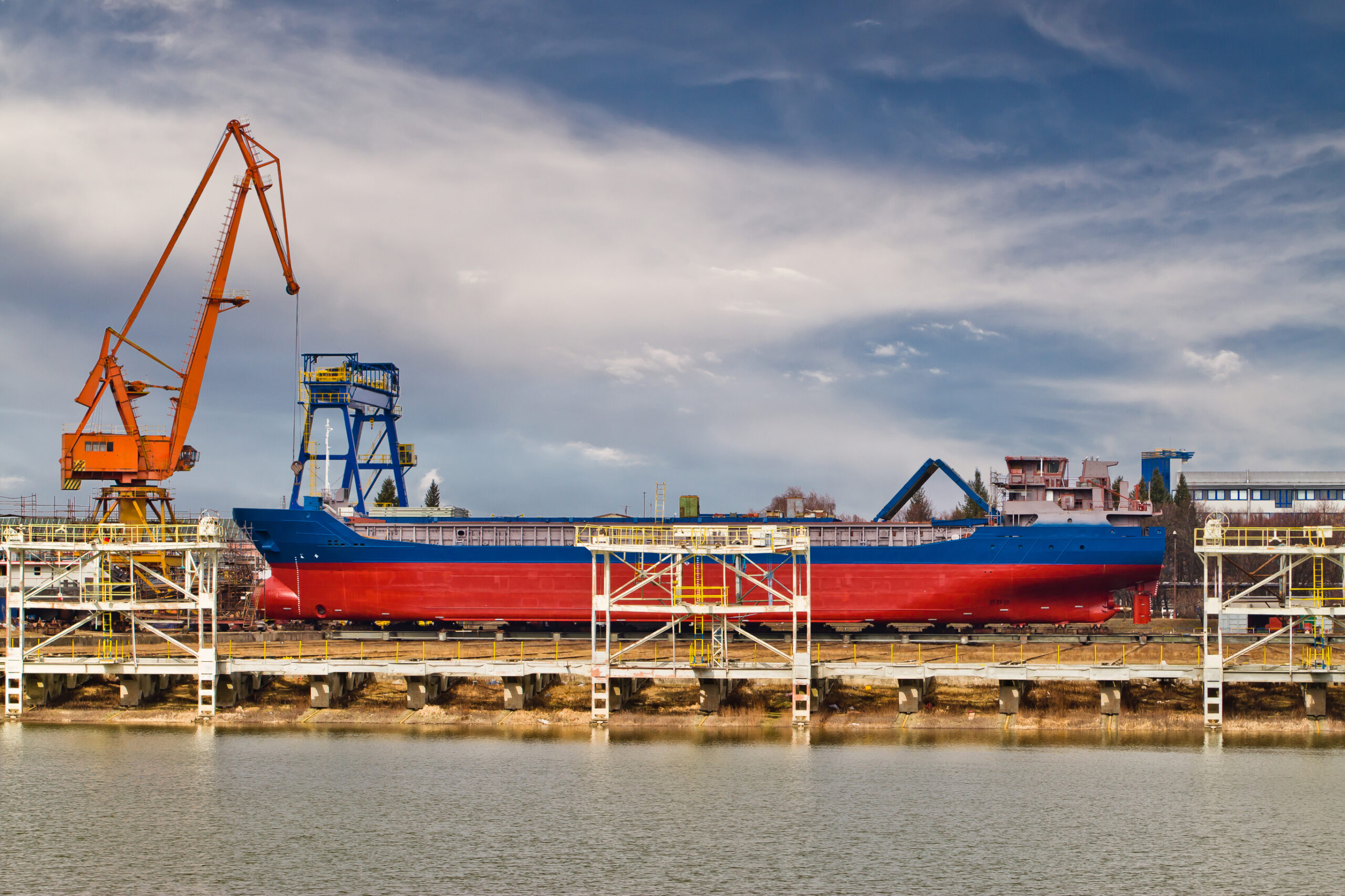The market share of traditional fossil fuels is expected to decline to 15 percent by the year 2050. The utilization of methanol gradually rises to 42 percent by 2050. Utilization of ammonia is anticipated to increase by 33 percent by 2050, according to class society ABS.
Class society ABS released its 2024 Outlook, the sixth in an annual series, which investigates carbon-neutral fuel pathways and transformative technologies.
The fuel mix forecast for this year and through 2050 underscores a transition in the maritime sector towards cleaner alternative fuels such as methanol, ammonia, and LNG.
The growth in these fuels is particularly notable from 2030 onward, where methanol jumps from seven percent to 42 percent and ammonia from two percent to 33 percent by 2050, highlighting a strong industry shift toward these more sustainable options.
As regulatory pressures increase, the adoption of energy efficiency technologies and alternative fuels is also expected to increase.
In order to meet the 2040 IMO checkpoint, the annual greenhouse gas (GHG) total must be reduced by 70 percent and at least one-third of the tonnage will need to use alternative fuels.
Meanwhile, at major shipyards capacity is expected to moderately increase by about 5 percent until 2035.
Due to additional shipbuilding demand, new builders are anticipated to emerge from India, the Middle East, the Philippines and Vietnam, according to the ABS forecast.
Turning to ship repair, ABS reckons current repair yard capacity is expected to meet demand through 2027, however demand for retrofits will continue to increase through 2035, which will require additional repair yard capacity to support fuel conversions.
The report highlights an active shift in the composition of the global fleet toward more sustainable energy sources, with about 50 percent of the current orderbook (in gross tonnage), featuring dual-fuel engines and a shift to a more diversified set of fuels, particularly LNG, methanol and ammonia, in the orderbook.
As far as the current orderbook is concerned, the demand for gas carriers and liner vessels, particularly containerships and car carriers, remains robust.
In contrast, the orderbooks for crude and product tankers, as well as dry bulk carriers, are comparatively modest, according to the latest ABS research.
“Moving forward, the orderbook is expected to shrink as newly ordered ships are delivered and contracting activity remains subdued due to various economic and market pressures,” reads the ABS report.
By 2026, the orderbook is forecasted to decrease to around 170m gt.
Shipping Telegraph readers can access the full report here.



